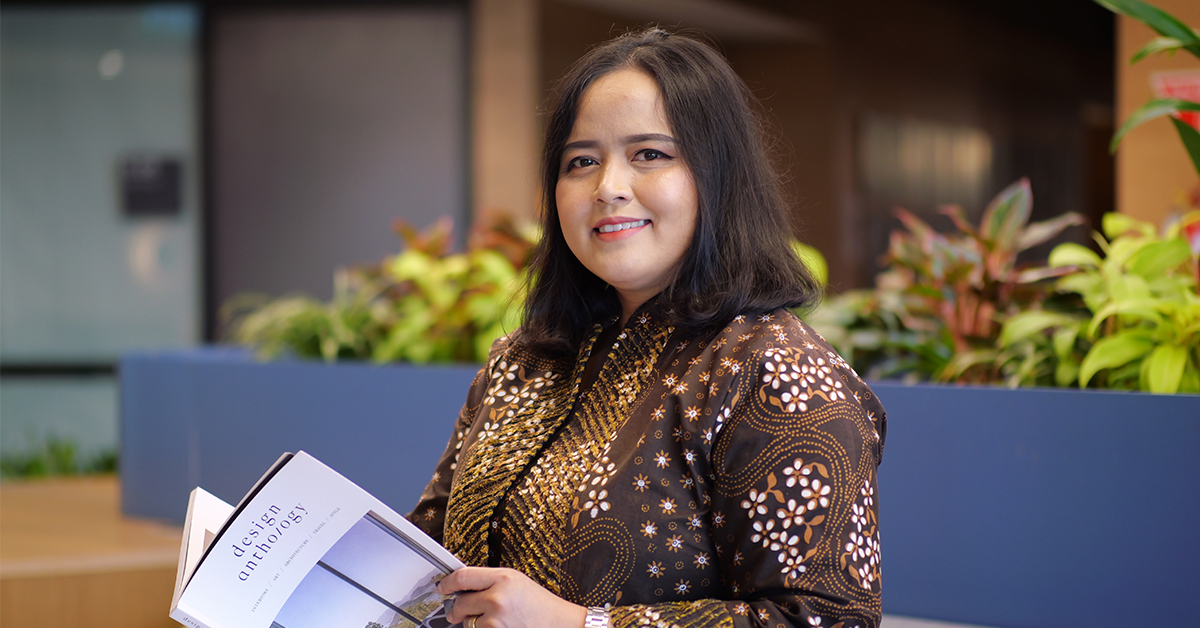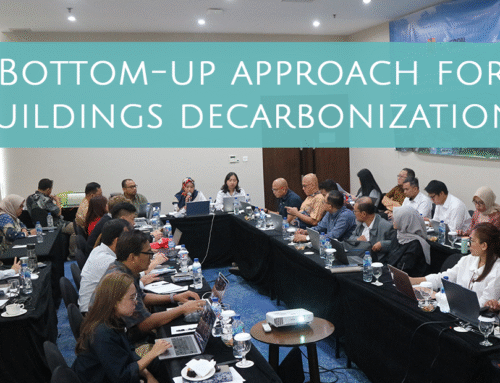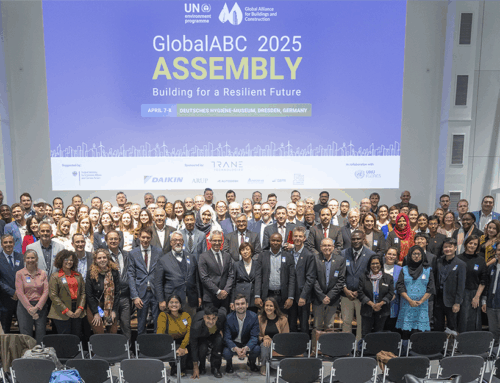Building sustainable and inclusive cities
By Eka Permanasari
How can we ensure that cities are livable for the people that call them home? Listen to the voice of the community, says Eka Permanasari, Associate Professor, Monash University, Indonesia and GBPN expert.
“To build cities that last, we must design them with, not just for, their inhabitants,” Professor Permanasari said.
“Urban resilience begins and ends with the people who inhabit these spaces. We must put community first in urban planning. This can help solve many of the urban development problems that the global south is facing right now.”
Eka Permanasari would know. Trained as an architect and urban designer, Professor Permanasari has dedicated her career to bridging the gaps between policy, community initiatives, and effective implementation in urban development. She is an Associate Professor in urban design, architecture, and Southeast Asian Studies at Monash University, Indonesia.
With a background in the building sector, policy-making, and action-based research, she has observed critical disparities in how policies are implemented at the ground level.
Policy-Implementation gap must be bridged
Prof Permanasari identifies three major gaps between policy and implementation.
“Policies on sustainability and net zero are often made top-down. Take the case of NDCs (Nationally Determined Contributions). Different countries have different priorities; they also differ in terms of capacities for making these policies and implementing them. So there you have a gap between policy and implementation at the global level.”
The second gap emerges at the national level, where policies must be translated to local contexts. “If you take the example of Indonesia – different cities and regions have varying capacities and resources, making uniform implementation challenging.
“The third gap occurs at the field level. National policies that look good on paper, often fail during implementation as they overlook local characteristics or potential.”
To address these gaps, Prof Permanasari emphasizes the use of a bottom-up approach to policy formation. This involves mapping stakeholders, understanding local resources, and working collaboratively to contribute to broader plans rather than imposing a top-down approach.
At the same time, working with the government is also important. Government and community are two sides of the equation, said Prof Permanasari.
“What is the value of the community-driven initiatives if they don’t inform policy? Government collaboration allows these initiatives to scale effectively. We need to partner with governments to create policies that are practical, contextual, and informed by community input, leading to significant positive change.”
“Additionally government endorsement can attract funding from both public and private sectors, ensuring sustainability. Collaborating with governments ensures policies are not just issued but effectively implemented. By working with both the government and the community, we can maximize impact, making initiatives more effective and sustainable.”
What makes community driven approaches successful
Becoming a part of the community is essential for the success of any community-driven approach. “You must engage, learn and build trust with the community. Each community has unique values and needs. It’s important to embrace local capacities rather than imposing external solutions.”
Prof Permanasari shared the example of a participatory design-driven community center project she worked on in Jakarta called Ruang Publik Terpadu Ramah Anak (RPTRA).
“We needed to build six pilot community centers using a participatory design approach. To avoid creating abandoned or underused ‘ghost buildings’, we involved the community in every step, from design to construction and management. Instead of bringing pre-made plans, we spent time with the locals, learning about their priorities and identifying community champions in areas such as waste treatment and urban farming.
“Building these centers wasn’t just about the physical structures but fostering a sense of ownership and unity. We facilitated negotiations to address different wishes and constraints, leading to a design that reflected collective input. This inclusive process ensured that the centers were well-used and maintained.”
The success of the six pilot community centers led to the project scaling up to nearly 300 such centers in Jakarta. The key in this project, as Prof Permanasari said, was not just building facilities quickly but creating vibrant community hubs through building trust, collaboration and addressing local challenges and opportunities. Most of these challenges are unique to the Global South.
Addressing the challenges and opportunities of the Global South
The parameters for urban development are often set by the Global North, overlooking the unique challenges faced by cities in the Global South. These challenges include rapid urbanization, high population densities, limited resources, and significant socio-economic disparities.
Socio-economic issues are further exacerbated by what Prof Permanasari calls a new form of ‘colonization through industries’.
“Industries like fast food and fast fashion produce mostly in global south countries and sell in the global north. In the process they cause local environmental degradation. Although they provide income, it’s crucial to shift focus to local resources and capabilities.”
She said a unique, localized approach to urban development could address net-zero goals effectively. Empowering local communities by leveraging indigenous knowledge and promoting sustainable practices could help mitigate the disparities between the global north and south.
Creating better urban environments
Working with the community is very close to Prof Permanasari’s heart.
“I try to spread this awareness, with the work I do and when I teach. I tell my students to go out in the field and look at the real problem. I want them to be more sensitive and more contextual. I have students come and tell me that they were surprised by how their perspectives on an assignment changed, when they go out on the field and see and learn for themselves of the challenges faced by the communities.
“This gives me hope that we can work together to create a better nation, a better society, a better urban environment. I want to be useful. Every time I see a community gathering together and supporting each other, I know I have made an impact. Watching children play freely, or seeing the government change the approach, fuels my hope and gives me the energy to keep going.”
Share This Story, Choose Your Platform!
Stay in touch with how we’re transforming the buildings sector
GBPN runs innovative building policy reform programs in key regions around the world that aim to tackle the climate emergency by decarbonising the buildings sector. Stay up to date with our newsletter.
Stay in touch with how we’re transforming the buildings sector
GBPN runs innovative building policy reform programs in key regions around the world that aim to tackle the climate emergency by decarbonising the buildings sector. Stay up to date with our newsletter.







